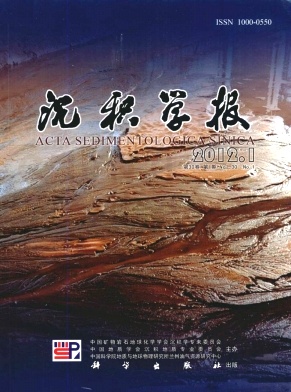Sedimentary Model of Lacustrine Carbonate Rock in the Second Member of Funing Formation, the West Slope of Jinhu Sag
- Publish Date: 2012-02-10
-
Key words:
- Jinhu Sag
Abstract: The recognition of carbonate origin in lake facies of the second Member of Funing Formation, the west slope of Jinhu Sag existed different vuewoaubts, so the major part of this research was the sedimentary facies of the carbonate rock. The main components of the carbonate rock were intraclast and bioclast, and other components were few ooide and crumb, the grain content of the rock were different, the content of different area were different, and the content of different formation were alike different; the matrix of the rock was micrite matrix, and cementing material of the rock was calcsparit cementing material. After the analysis of the components of carbonate rock, the conservation of fossil, the distributed law of the stratum thickness and cryptite, the conservation of fossil in the workarea was unbroken, the distributed law of the stratum thickness was obvious, the change of the stratum thickness was little; and the cryptite was distributed in all the area. So a kind sedimentary facies was established which was the carbonate terrace, the carbonate terrace was a kind of depositional system made up by the bioclastic limestone and cryptite, and it was a kind of standard carbonate formation formed in the strongweak hydrodynamic force environment. This facies can be classified into carbonate sheet, carbonate dam, and carbonate strand and corcass. In the plane, the water was shallow in the west part of the study area, and hydrodynamic force was powerful, so the carbonate dam and strand was developed; in the east, the water was deep, and hydrodynamic force was weak, so the carbonate terrace was developed, in longitudinal direction, the carbonate formation deposited from the E1f232 sublayer, the fastigium of the deposition was E1f222 sublayer, and declined in the E1f212 sublayer, the deposition formed a entire carbonate sedimentary system. Finally, the sedimentary model of the carbonate rock in Lake Facies was established.
| Citation: | Sedimentary Model of Lacustrine Carbonate Rock in the Second Member of Funing Formation, the West Slope of Jinhu Sag[J]. Acta Sedimentologica Sinica, 2012, 30(1): 65-72. |






 DownLoad:
DownLoad: